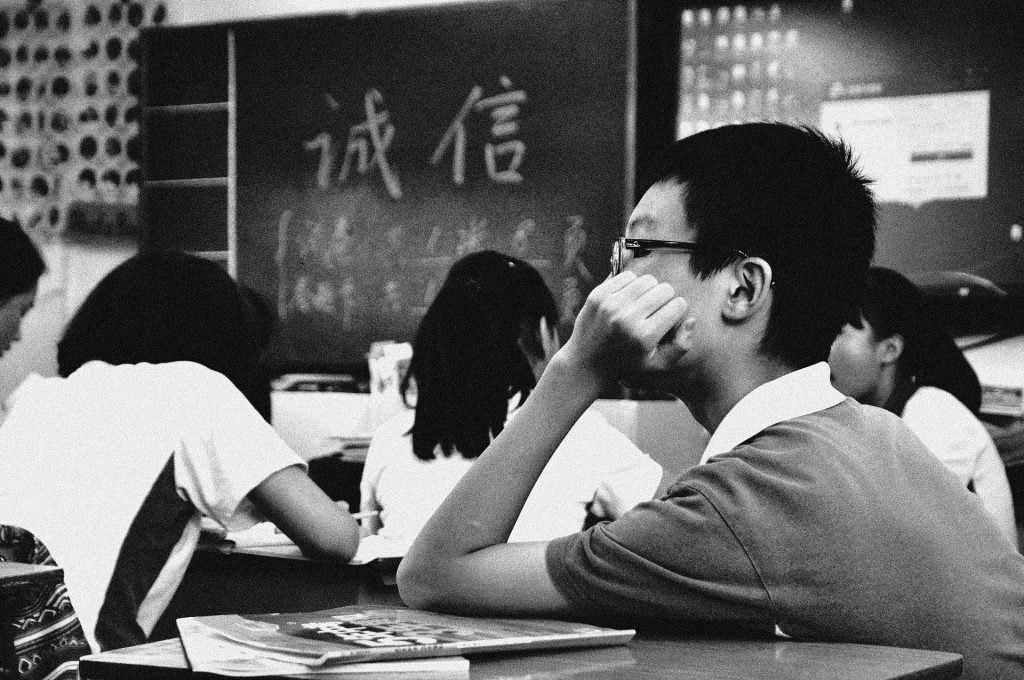Schools – the seats of knowledge and the sites of moulding future generations, need to address constantly, this question of what and how of teaching.
Regarding the question of ‘what to teach’, there is a growing concern on the quantum of content that students are expected to consume in the name of syllabus. When I was a student, I thought ‘more the merrier’ as it gave me an edge over others who succumbed under the pressure of voluminous content. Today as a teacher, I think it is really unfair to pressurise students under the volumes of textual content. Experience, I suppose, has made me more empathetic to the group of students that usually succumb under this pressure.
The powers to be that decide the syllabus focus more on the volume of content rather than the value that the content adds to the learning process. This leads to volumes of content being imposed on all students, engaging them in a rat race of their ability to consume this content and finally judging the survivor of this torturous process as the victor.
Once the ‘what to teach’ is decided, the ‘how to teach’ question becomes pertinent to the implementers – the teachers. Majority of teachers are burdened under the pressure (real or perceived) of ‘completing the syllabus’ and hence pay little or no attention to the methods they use to accomplish this goal. The need of moving away from rote methods of teaching are beaten to death in policy documents, panel discussions and the like; however are not given the importance that is needed at the ground level of implementation.
The ideas of child-centric methods of education therefore remain in the realm of possibilities and fail to see the light of day in the real sense. Needless to say, the victims of this inefficiency are unsuspecting students. For nearly 200 years, we have been killing creativity in generations of students with this warped idea of education and then wonder why things are going wrong globally. This is the butterfly effect – the sum total of all mistakes of the education system across the world has led the world to where it is today.
The need of the hour is an appropriate blend of volume and value in content, guided learning and independent thinking in pedagogy. While stake-holders of the education system agree about the need for change, very few are willing to tread the path of struggle that leads to this change. It needs a radical mind-set and determination of implementation, as seen in Finland to take a bold step and bring about a change in the foundations of the education system.
Featured Image Credits: Classroom/ken19991210/Pixabay/Creative Commons
Sriraghavan S M
Latest posts by Sriraghavan S M (see all)
- Why self-directed learning is the need of the hour - 2 July 2021
- Discovering my teaching method - 8 January 2021
- Finding Balance - 23 October 2020
- A case for Alternative Learning - 9 October 2020
- Why I am a teacher - 4 September 2020

